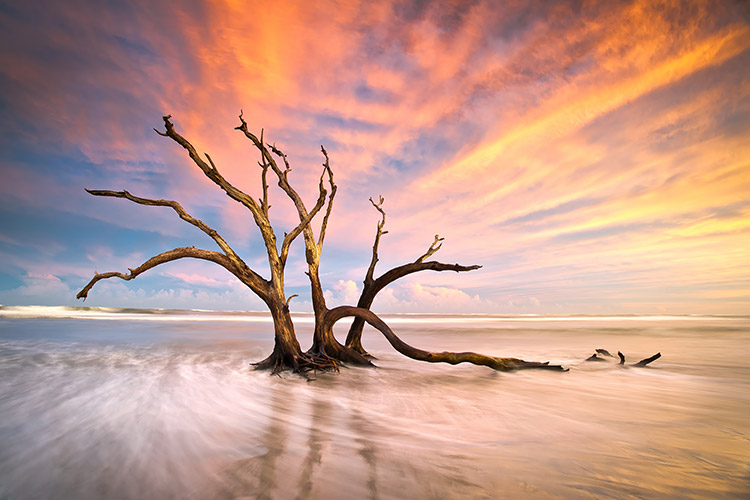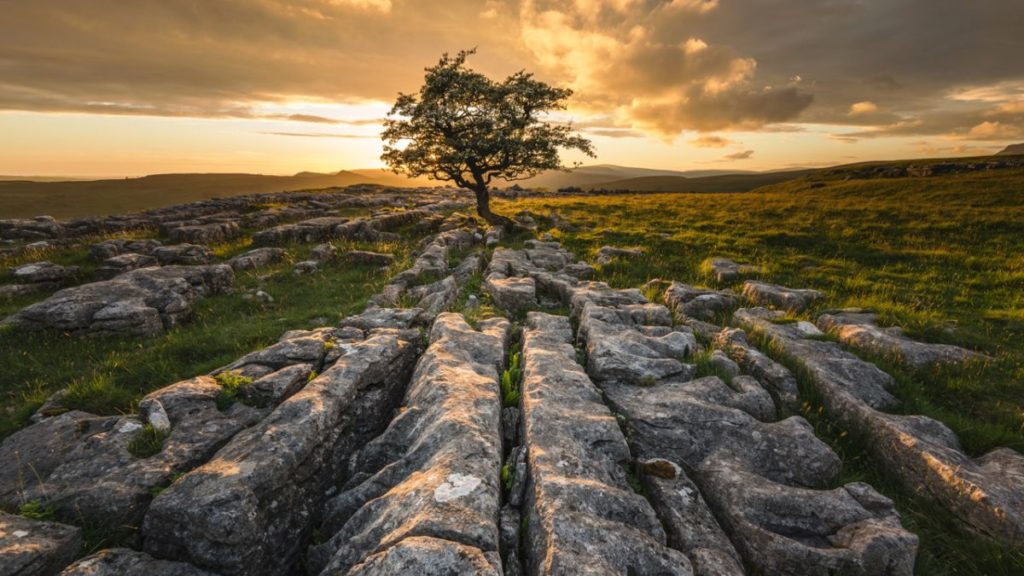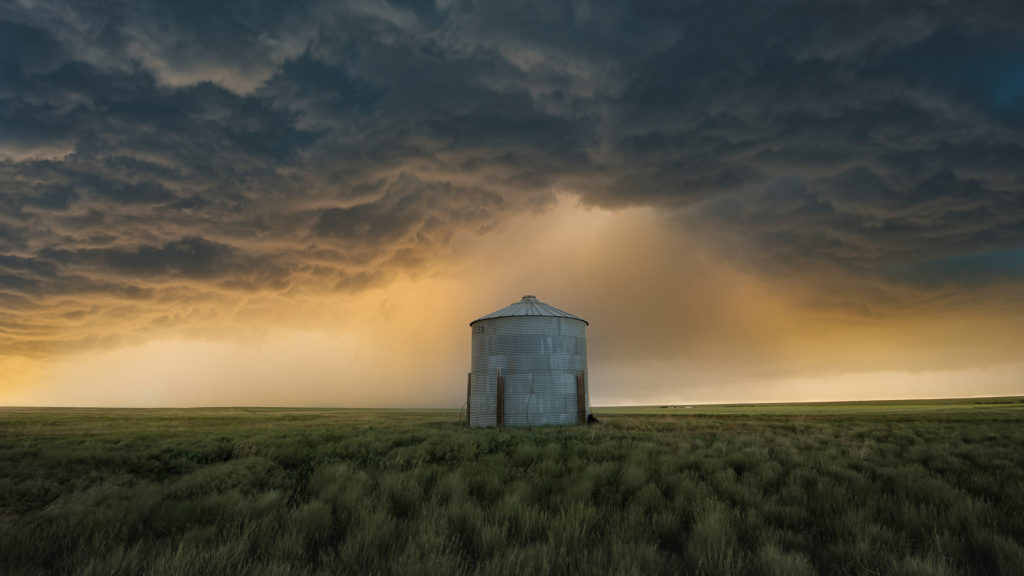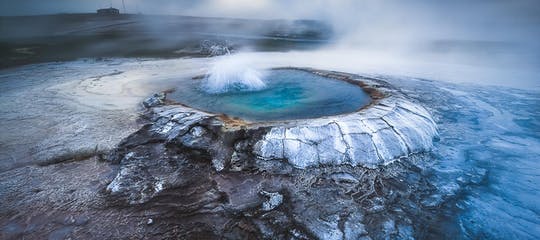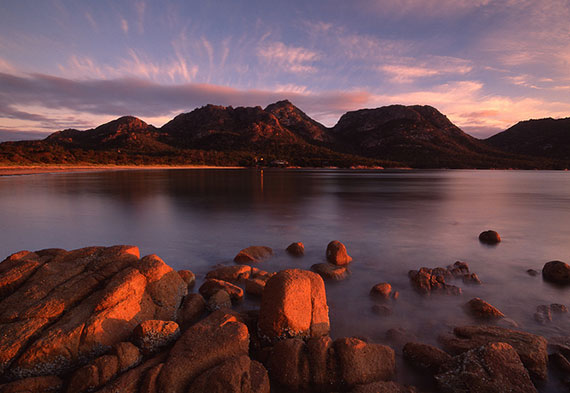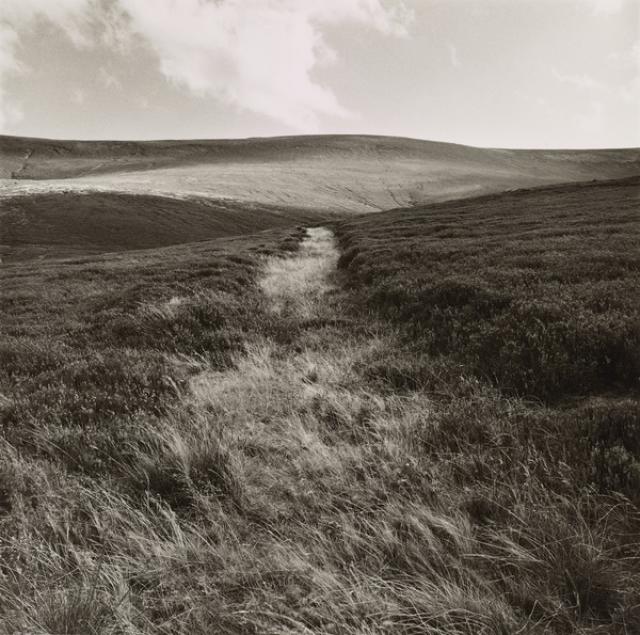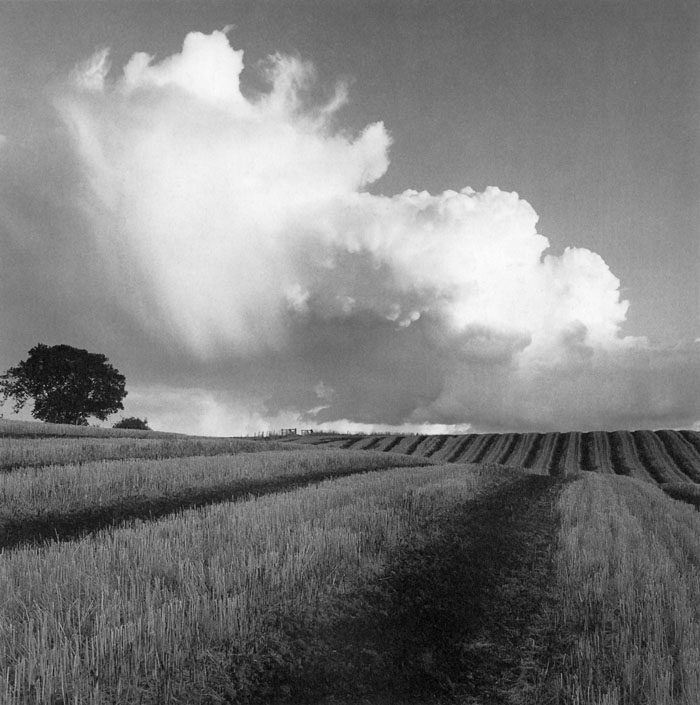what is rural landscape photography?
Rural landscape photography is in many ways similar to photographing urban landscapes. The difference is rural photography is about capturing the “life” in the countryside or in areas that are not built up. Rural can be seen as something old, natural and slowly changing, while urban is mostly modern, man made and fast changing. rural landscape photography is used to capture beauty in the natural landscape, without being changed by human existence. For example places like sand dunes, beaches, woods, fields and the countryside are rural and mostly unchanged. However these places will change slowly overtime due to other natural occurrences like extreme weather, heat and rain. rural photography is a popular form of photography due to settings that are bursting with life, natural features and an explosion of vibrant colour, whereas urban photography is often more dull and full of grey colours.
Fay Godwin
Fay Godwin first became interested in photography in the mid-1960s as a result of taking pictures of her young children. Alongside early portrait work, she developed a sophisticated landscape practice, often collaborating closely with writers to produce in depth surveys of particular rural topics or regions. Her photography has sometimes been linked to a tradition of romantic representations of the British landscape, in the manner of Bill Brandt or Edwin Smith. But, as a socialist and active environmentalist, Godwin makes the land in her photographs reveal traces of its history, through mankind’s occupation and and intervention.
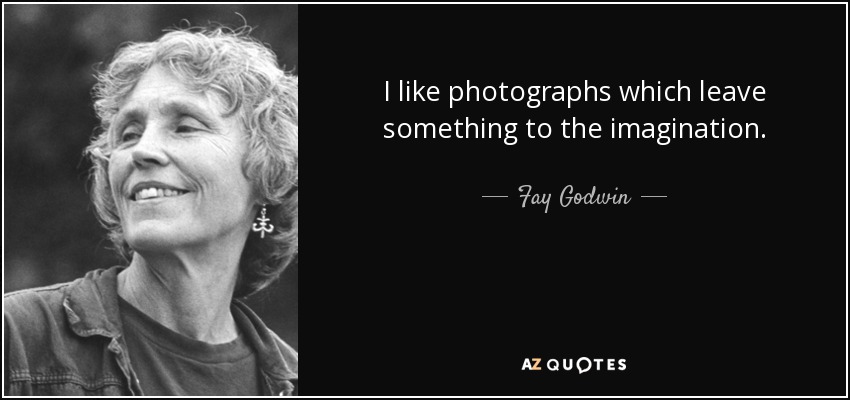
Fay’s life
in the 1990s she was offered a Fellowship at the National Museum of Photography, Film and Television (now the National Media Museum) in Bradford, which pushed her work in the direction of colour and urban documentary. She also began taking close-ups of natural forms. A major exhibition of that work was toured by Warwick Arts Centre from 1995 to 1997; Godwin self-published a small book of that work in 1999, called Glassworks & Secret Lives, which was distributed from a small local bookshop in her adopted hometown of Hastings in East Sussex.
Godwin was introduced to the London literary scene. She produced portraits of dozens of well-known writers, photographing almost every significant literary figure in 1970s and 1980s England, as well as numerous visiting foreign authors. Her subjects, typically photographed in the sitters’ own homes, included Kingsley Amis.
The first edition of Remains of Elmet: A Pennine Sequence, her book collaboration with poet Ted Hughes, was published by Rainbow Press in 1979. The book was also published in popular form by Faber and Faber (with poor reproduction of the images), and then re-published by them in 1994 simply as Elmet with a third of the book being new additional poems and photographs.
Fay’s work


